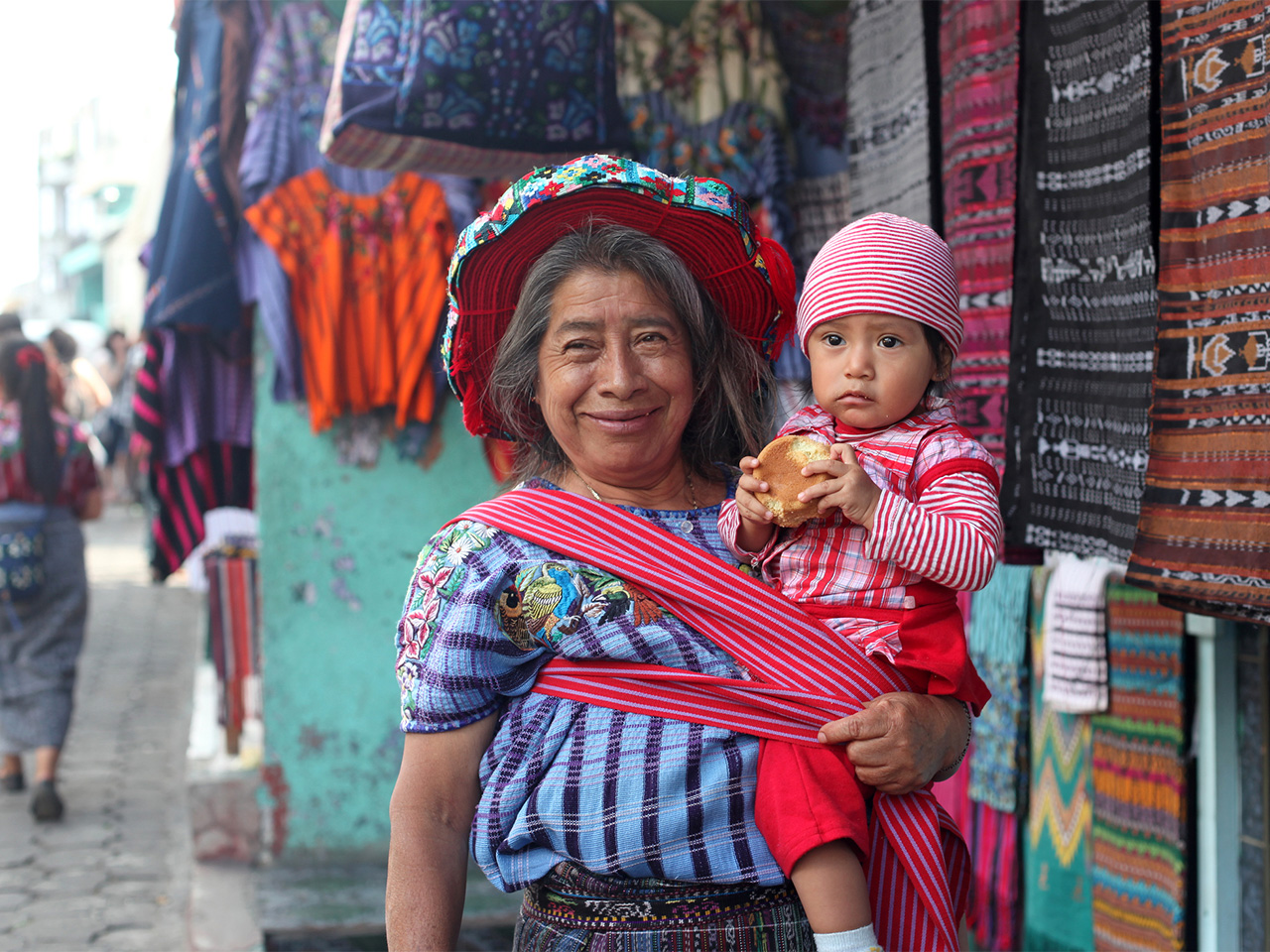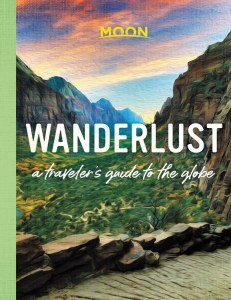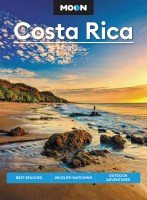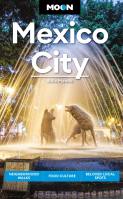Etiquette and Customs in Guatemala

You’ll find most Guatemalans are warm and friendly. In many instances, they will be very curious about you as a foreigner, particularly in areas that are still getting accustomed to a growing presence of gringo travelers. Urban and rural settings have varying degrees of formality, though politeness and good manners are appreciated by Guatemalans from all walks of life and will get you far.
Dress and Appearance
Guatemala is in many ways a rather formal and conservative country, probably owing to its legacy of colonialism and its status as the main base of regional power for the Spanish colonial aristocracy. It’s a very class-conscious society, with good grooming, neat dress, and cleanliness expected. In many instances, the way you look is the way you’ll be treated. You’ll notice this the first time you go to a Guatemala City shopping mall (especially on weekends) and see well-dressed urbanites going for a cup of coffee or heading out to see a movie. Sneakers and shorts are considered much too casual for many events foreigners would find perfectly acceptable. This is starting to change, however, and you’ll also see younger Guatemalans wearing shorts, T-shirts, and flip-flops typical of the Abercrombie & Fitch look that is also wildly popular with Guatemalan youth from wealthy families. If you plan on going out to dance clubs, be sure to bring a good pair of shoes, as you won’t make it past the front door wearing sneakers. Dress is much more relaxed at the beach or in the countryside.
For business travelers, suits are still very much the norm for men. Professional women tend to wear conservative dresses or two-piece suits. The less affluent will pay careful attention to dress as neatly as possible, especially for trips to the capital or other urban centers.
Backpackers, known as mochileros, often get a bum rap as an unkempt group who contribute very little to the economy and only cause trouble for hotel owners and tourist service operators. This is generally manifested as a form of marked distrust, though this is usually not the case in places that cater to these types of travelers as their main clientele, such as budget hostels.
Newsletter Signup
By clicking ‘Sign Up,’ I acknowledge that I have read and agree to Hachette Book Group’s Privacy Policy and Terms of Use
Etiquette in Guatemala
The formality of Guatemalan culture also extends to etiquette. Guatemalans take titles seriously (including doctor or doctora for doctors and licenciado(a) for an attorney or holder of a bachelor’s degree). Whenever possible, they should be used when addressing the individual in person or via correspondence. Women usually greet men and each other with air kisses. Men will greet friends with a handshake different from the standard business handshake. Grips tend to be firm. When meeting someone for the first time, it’s customary to say, “mucho gusto” (a shortened version of “nice to meet you”). Simply saying “hola” is considered too casual. Other greetings include “buenos días” (good morning), “buenas tardes” (good afternoon), and “buenas noches” (good evening). Particularly in rural areas, people will greet each other with one of these as they pass each other along the trail, road, or street. In urban settings, you’ll often hear one of these greetings when someone walks into a place of business, such as a doctor’s office, for example. Another formality is the use of “buen provecho” when walking into a restaurant where people are eating and “muchas gracias” upon getting up from the table after a meal.
Photographic Etiquette
It’s never a good idea to photograph Maya people without their permission, as they consider it highly offensive and it intrudes upon their spiritual beliefs. The old photographers’ rule contending that it’s easier to apologize (for taking a candid photo) than to ask permission doesn’t really apply in Guatemala. This is especially true concerning photographs of children, and you should be careful not to show them undue interest and attention, as persistent rumors of foreigners involved in child-snatching of Guatemalan children for organ transplant abroad have led to mob incidents on at least two occasions, with two people killed and one seriously injured. (The last incident was in 2000 in the village of Todos Santos.) In both cases, the foreigners were trying to photograph a child. This scenario is most plausible in the highlands, though not exclusively so.
It can be understandably difficult at times to refrain from taking photographs because Maya children (and Maya people in general) are especially photogenic and can provide some wonderful opportunities for portraiture or candid shots. On the up side, the situation forces you to interact with the locals and get to know them. You’ll soon find that many are willing to let you photograph them (often for the promise of sending them a photo) and your photographs will be better because of the rapport you’ve established with the subject.
Newsletter Signup
By clicking ‘Sign Up,’ I acknowledge that I have read and agree to Hachette Book Group’s Privacy Policy and Terms of Use




